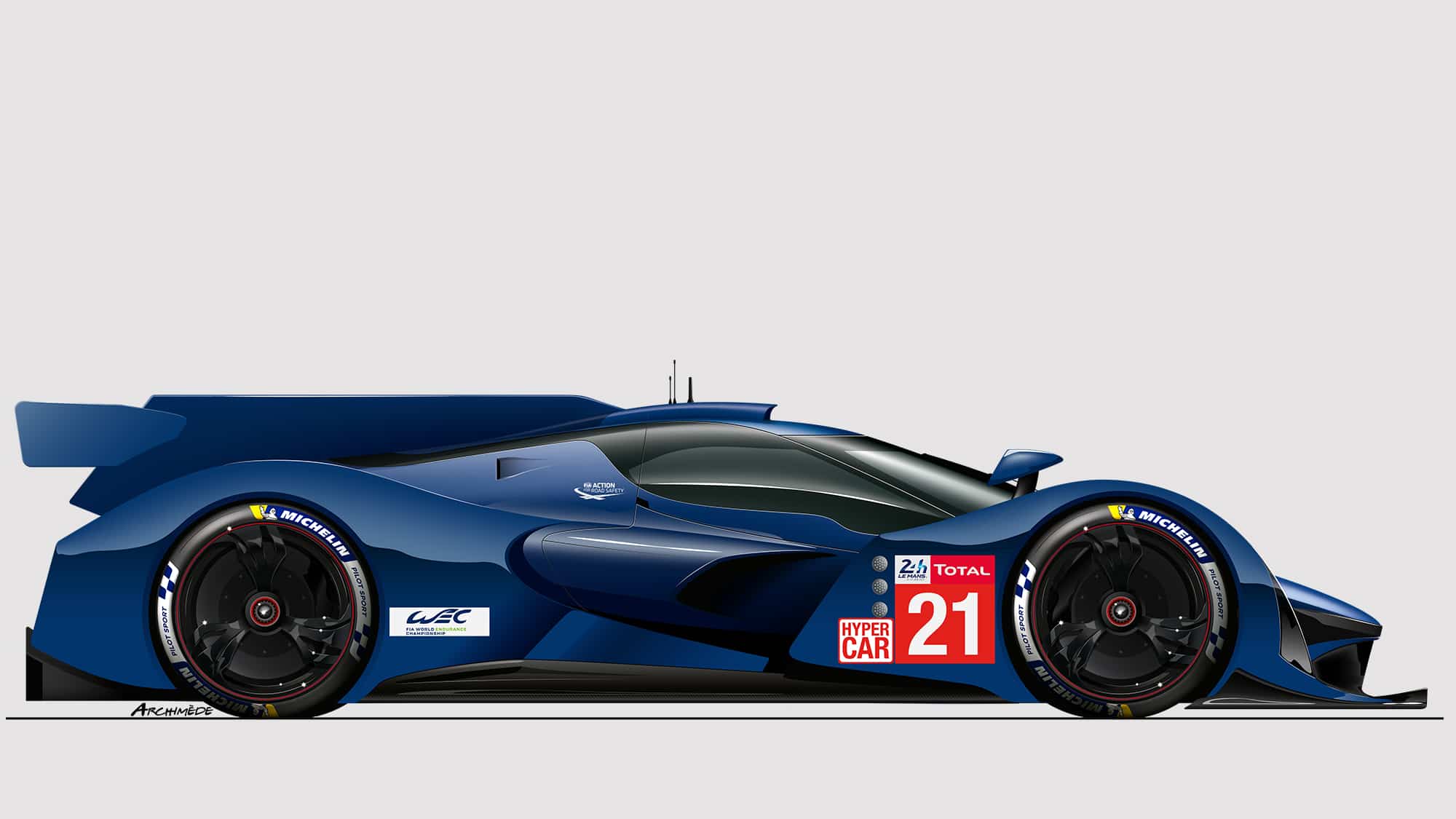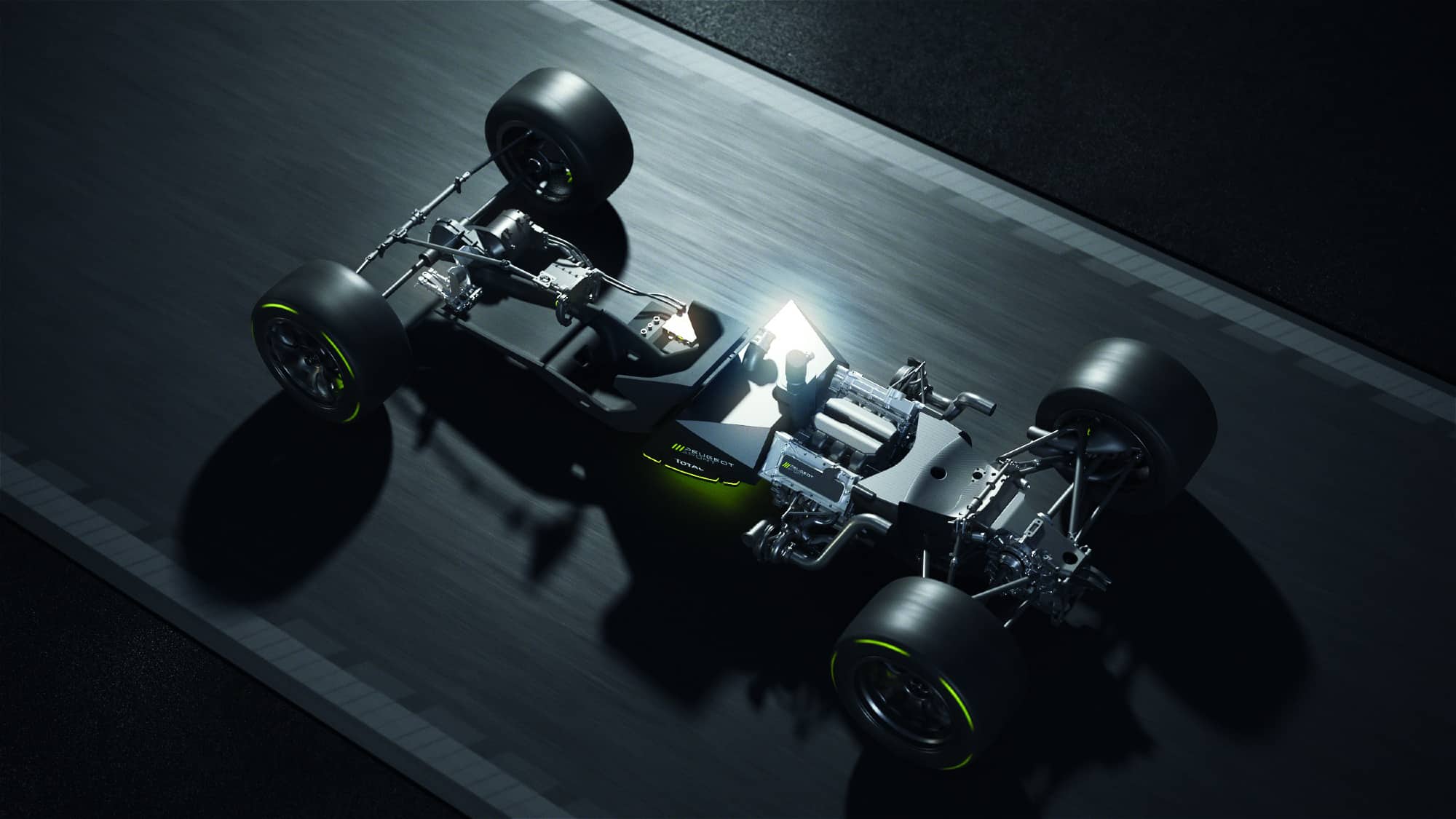Know your Le Mans Hypercar!
The dawn of a new era doesn’t come without a strict set of rules. Here are the main points in a nutshell

Designers get a set of rules, they put their brains together, employ all the technology they have at their disposal, and try to come up with the most competitive machine possible. That’s the traditional mechanism behind the conception and development of the racing car. The Le Mans Hypercar (LMH) division has turned that process on its head.
The LMH rules that came into force for the 2021 World Endurance Championship don’t so much set constraints and geometric restrictions on the design of the car, rather they lay down the outcome of the design process. No longer are the boffins back at base looking for that last loophole to gain the unfair advantage.
At the heart of the regulations are so-called performance windows, most significantly for the aerodynamics and drivetrain, into which the cars must fit. For the aero, maximums and minimums are laid down for both downforce and drag.
The aero targets set by the rule makers, the FIA and the Automobile Club de l’Ouest, were by design relatively modest. The reasoning is threefold: to slow the cars racing in the top of class of the WEC; to open up the division to more players by reducing costs; and to ensure that the shape of the car isn’t determined exclusively in the wind tunnel.

Peugeot revealed its Hypercar powertrain last December
‘Hypercar’ was the buzz word in the air when the FIA and the ACO started working on a successor to the LMP1 division in early 2018. It reflected a desire to create cars that had more than a hint of road-going supersports cars about them. The rules have been framed to allow a manufacturer to imbue its LMH with styling cues from its range of street vehicles.
Not only is a maximum power figure laid down for the complete powertrain — both front-axle hybrids and non-hybrids are allowed — but the torque curve through the rev range is prescribed. This is made possible by torque meters that measure the power output in real time.
On top of the rule book is laid a system of Balance of Performance, which does what it says on the tin. It balances the different cars in class. The tools available to the rule makers are adjustments to the torque curve, the minimum weight and the amount of energy permitted to a car between pitstops.
A hybrid system is no longer the performance tool that it was in LMP1, a result of the controls on power. The hybrid punch can no longer be employed to zip past slower cars. Nor does it offer a significant traction advantage out of the corners, because the energy-retrieval system cannot be deployed under 75mph.
Advantages of running a four-wheel-drive car in terms of tyre degradation have also been offset in the rules. An LMH can either run 14in tyres front and rear or 13.5in at the front and 15in at the rear. The second option is aimed at two-wheel-drive machinery such as the Glickenhaus that puts all its power down on track through the back axle
